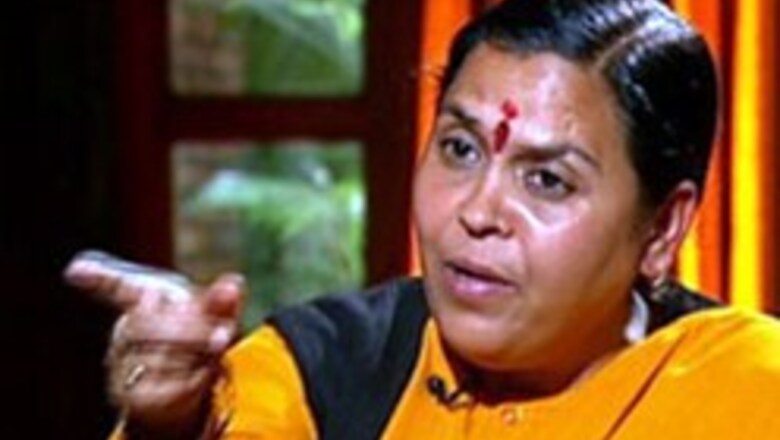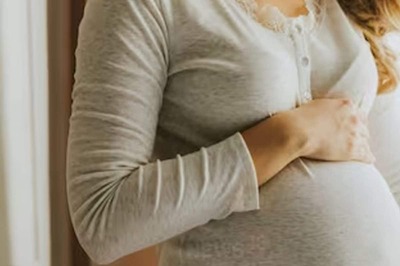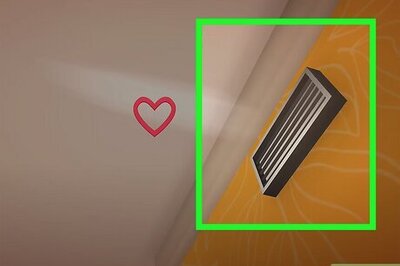
views
Bhopal: The Assembly elections in Madhya Pradesh, which is among the four Hindi heartland states going to polls in staggered phases, concluded on Thursday with about 60 percent of the over 36 million voters turning up to exercise their franchise.
The state election commission said detailed reports trickling in from various constituencies put the total turnout at 60 percent.
With 230 seats, Madhya Pradesh has the biggest assembly among the other poll-bound states of Chhattisgarh, Rajasthan and Delhi. Polling for Chhattisgarh's 90 seats concluded last week, while those for Delhi and Rajasthan are scheduled respectively for November 29 and December 4.
Elections are being held in six states and it is believed the outcome will be a referendum for the larger Lok Sabha battle early 2009. The other states going to the polls are Jammu and Kashmir and Mizoram.
Except Delhi, where the Congress is seeking a third term, Chhattisgarh, Madhya Pradesh and Rajasthan are ruled by the BJP.
The polling was held on Thursday when the state, like several others, was put on high alert in the wake of the Mumbai terror attacks. Security was beefed up, and forces deployed in strength to ensure smooth polling.
These elections will put to test the BJP's claim to good performance in the states it rules, while a similar situation exists for the Congress in Delhi.
For Madhya Pradesh, the polls will also decide the political future of fireband Hindutva leader Uma Bharati who, after being expelled from the BJP, floated her own party and is fighting her first electoral battle.
Similarly, the poll results will be crucial for Uttar Pradesh Chief Minister Mayawati's BSP, which is trying to replicate its social engineering formula of combining the upper castes with Dalits. This succeeded in the 2007 assembly elections in Uttar Pradesh.
Voting was sluggish through most part of the day hovering around 31 per cent six hours after it had started and picked up later.
There were long queues of voters in urban constituencies, but the response was subdued in vast rural areas.
Voting was disrupted in polling stations in over half a dozen constituencies after electronic voting machines were damaged and there were stray incidents of skirmishes between supporters of the BJP and the opposition Congress.
PAGE_BREAK
Additional Chief Electoral Officer Ashish Shrivastava told IANS that barring these sporadic incidents, voting passed off peacefully across the state.
As many as 10,000 election observers were also deployed across the state to keep a watchful eye on the polling exercise which will decide the fate of 3,179 candidates, including 1,374 independents.
The Congress and the BJP are contesting 228 seats each. The BSP has fielded candidates in all 230 constituencies while the Samajwadi Party is contesting 225 seats. Uma Bharati's Bharatiya Jana Shakti (BJS) party is contesting 215 seats and the Samanata Dal has fielded candidates in 75 constituencies.
The number of voters this time declined by more than 1.5 million, including 900,000 women, compared to the 2003 hustings when the Bharatiya Janata Party (BJP) came to power ousting the Congress by bagging a record three-fourths majority.
Madhya Pradesh witnessed a constant increase in polling percentage in six assembly elections from 1980 to 2003, when it recorded a maximum of 67.41 percent. These were the first state assembly elections after the bifurcation of Madhya Pradesh and creation of Chhattisgarh Nov 1, 2000.

















Comments
0 comment